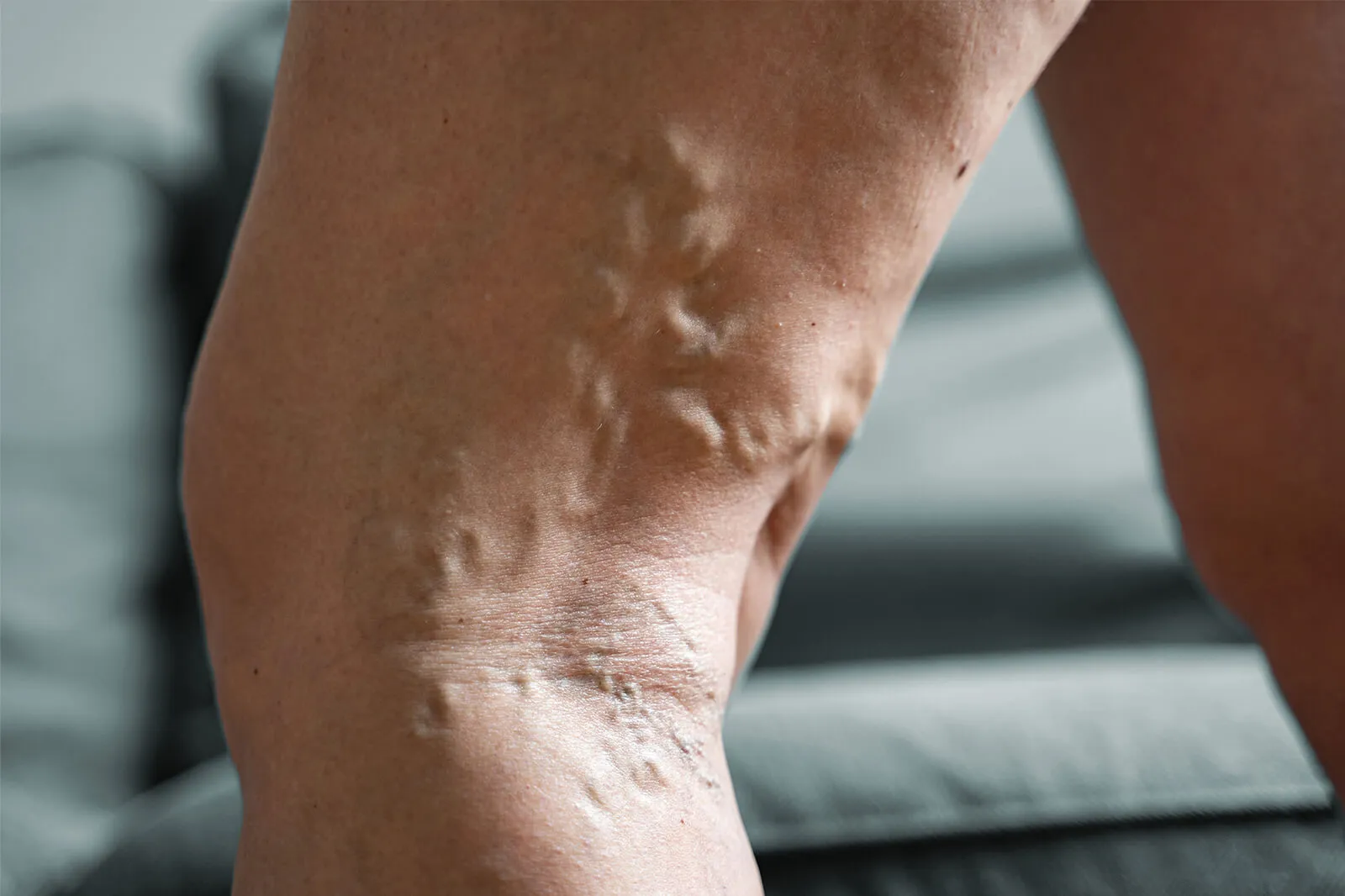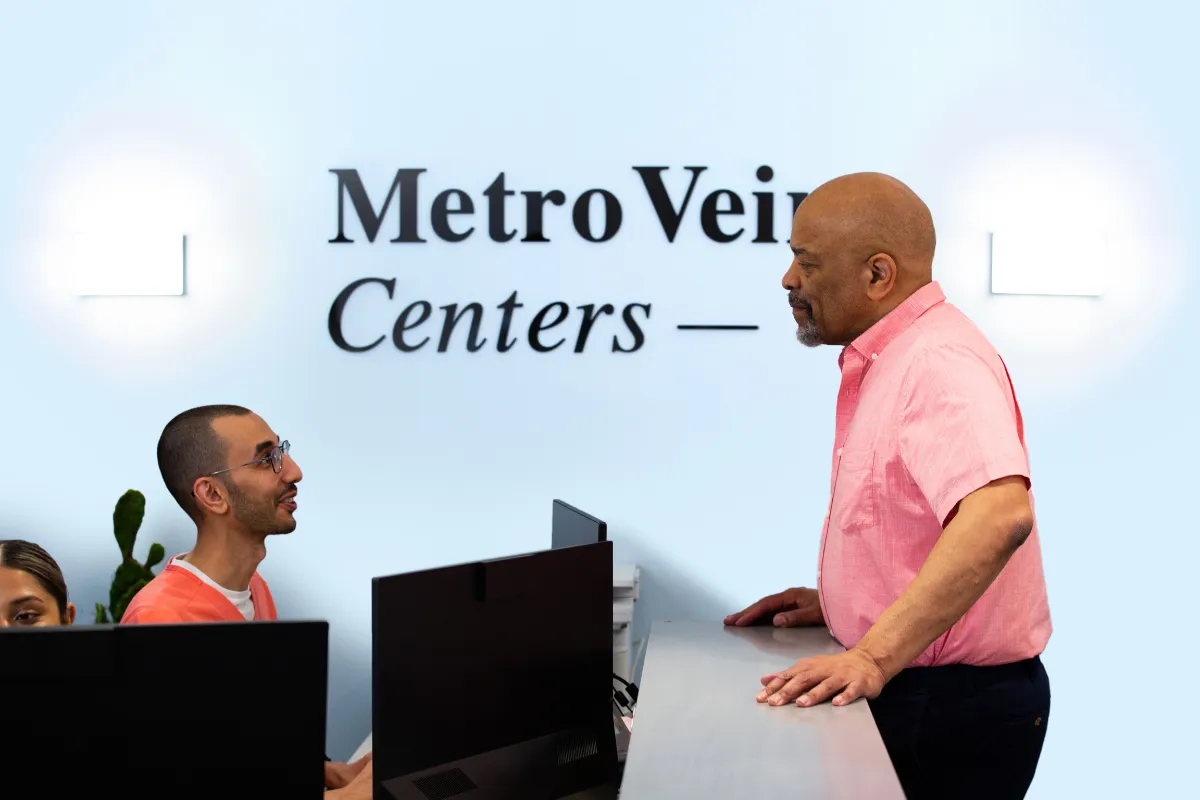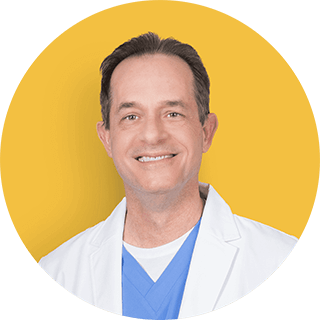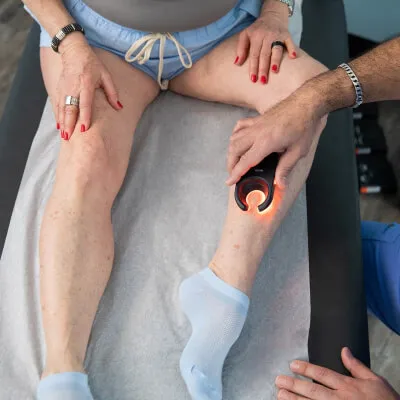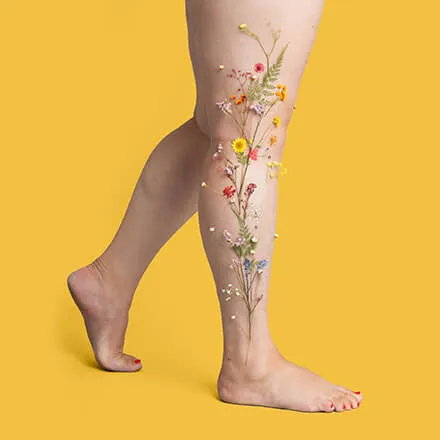Venous reflux disease (VRD), also called chronic venous insufficiency, can significantly impact your leg health and overall well-being. Let's explore VRD's causes, symptoms, and treatment options and the best ways to manage the condition effectively to maximize your chances of enjoying a comfortable, pain-free lifestyle.
Key Takeaways
- Venous reflux disease is caused by faulty vein valves.
- Minimally invasive vein procedures can help.
- Lifestyle changes and regular check-ups support long-term vein health.
What Is Venous Reflux Disease?
Venous reflux disease occurs when the valves within your veins, which normally keep blood flowing towards the heart, become faulty. These faulty valves allow blood to flow backward, a process known as reflux. This backward flow leads to blood pooling in the legs, causing leg discomfort and potential reflux complications. To put it simply, VRD is a disruption in the natural one-way flow of blood in your veins.

Causes and Risk Factors of VRD
The primary cause of VRD is the deterioration of the valves within your veins, making them unable to function properly. Any condition that damages or weakens the major vein valves can cause VRD. Other causes include:
- Deep Vein Thrombosis (DVT): DVT is a dangerous medical condition that occurs when blood clots form in veins deep beneath the surface of the skin.
- Genetic Conditions: affecting the efficacy of vein valves.
- Blockages: in the veins of the pelvis or groin.
The risk factors that increase your susceptibility of venous disorders like VRD include:
- Age: Vein valves naturally weaken with age.
- Being Female: Being a woman and being pregnant can raise your risk of developing VRD.
- Genetics: A family history of venous reflux disease.
- Obesity: Excess weight puts added pressure on leg veins.
- Prolonged Standing or Sitting: Occupations requiring long periods of immobility.

Symptoms and Warning Signs
The signs and symptoms of venous reflux disease manifest in several ways:
- Spider Veins: Web-like veins near the skin's surface.
- Varicose Veins: Large, twisted veins that appear just under the skin's surface.
- Leg Pain: Aching or heavy sensations in the legs.
- Swollen Legs: Fluid buildup due to poor circulation.
- Heaviness: A feeling of weight or fullness in the legs.
- Skin Changes: Discoloration, itching, or hardening of the skin.
- Fatigue: Usual feelings of exhaustion.
If left untreated, these symptoms can progress, leading to more severe complications like leg ulcers and chronic pain.
The Diagnostic Process
A thorough evaluation by a board-certified vein specialist is the first step in getting an accurate diagnosis. Your doctor may use the following diagnostic tools:
- Duplex Ultrasound: This non-invasive test visualizes blood flow and vein structure.
- Doppler Studies: This measures blood flow velocity and direction.
These tests help determine the extent of venous reflux and guide treatment decisions.
Venous Reflux Treatment Options
A board-certified vein specialist can provide tailored treatments and expert care. Managing VRD effectively often involves:
Conservative Treatments
- Compression Therapy: Using compression stockings to improve blood flow.
- Lifestyle Changes: Maintaining a healthy weight, exercising, and avoiding prolonged immobility.
Minimally Invasive Procedures
- Sclerotherapy: Injecting a solution to close damaged veins.
- Endovenous Laser Ablation (EVLA): EVLA uses laser energy to seal affected veins.
- Radiofrequency Ablation: Radio wave-based treatment for large varicose veins.
- Venaseal (CAC): A medical-grade adhesive that gently closes off diseased veins.
Lifestyle and Prevention Tips
While the only way to cure vein disease is with a medically-approved treatment under the care of a vein specialist, the following strategies may help manage the symptoms of VRD, and promote healing:
- Regular Exercise: To improve leg circulation.
- Healthy Weight: To reduce pressure on veins.
- Proper Leg Care: Elevating legs and avoiding tight clothing.

When to See a Specialist
If you are experiencing any of the following symptoms, you should seek medical attention immediately:
- Persistent leg pain or swelling.
- Skin changes or ulcers.
- Any symptoms that interfere with your daily life.
Conclusion
Early diagnosis and proactive treatment are the best approaches to managing venous reflux disease and enjoying healthier, pain-free legs. Your vein doctor is your partner in vein health and can recommend the best and most up-to-date treatment options for you.
Book a free consultation with one of our board-certified vein specialists today for a comprehensive evaluation and a personalized treatment plan to manage venous reflux disease!
Frequently Asked Questions
What exactly is venous reflux disease and how does it affect my legs?
Venous reflux disease occurs when faulty valves cause blood to flow backward, leading to pooling and symptoms like pain and swelling.
What are the main causes and risk factors behind venous reflux disease?
Factors associated with VRD include weakened vein valves, age, genetics, obesity, and prolonged standing.
How is venous reflux disease diagnosed and what tests are typically used?
Duplex ultrasound and Doppler studies are often used to evaluate the venous system and diagnose VRD.
What treatment options can help with venous reflux management?
Treatment options for VRD include compression therapy, exercise, sclerotherapy, thermal ablation (RFA, EVLA), and non-thermal ablation (Venaseal, Varithena).
Can lifestyle changes really improve symptoms and prevent progression?
Yes, regular exercise, maintaining a healthy weight, and proper leg care can help manage the symptoms of vein disease and prevent a recurrence.
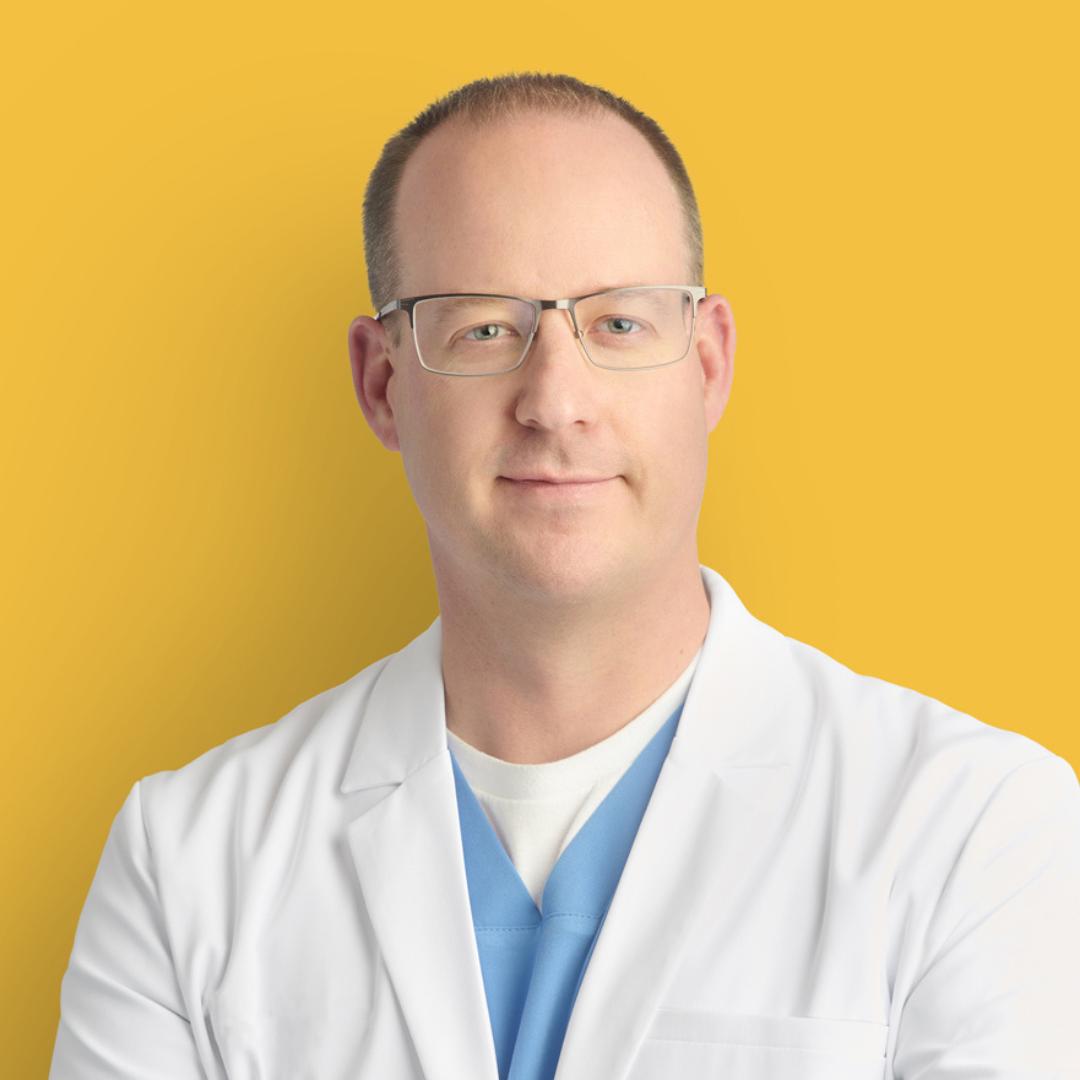
Dr. Jason Cumbers
Meet Dr. Jason Cumbers, MD, FACS, DABVS, RPVI, a highly-rated doctor specializing in the treatment of vein conditions. Schedule an appointment in NY today.
Meet Dr. Jason Cumbers
Trusted insight from the nationally accredited, board-certified vein doctors at Metro Vein Centers.


